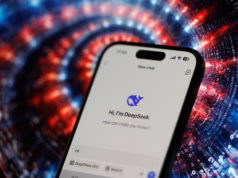You’ve just exited a scenic stretch of twisty mountain roads when suddenly the view’s no longer scenic: A tourist bus has tipped over and slipped into a gully, evidently just minutes before.
After pulling over, you call 911. Soon after, as you’re searching your car for supplies, a flashing light appears overhead, accompanied by a buzzing sound. You look skyward to see that a helping hand has come to the rescue; an EMS response drone drops from the heavens deux ex machina. The 3-feet-tall, 6-feet-diameter octo-copter has been automatically guided to your location using your smartphone’s GPS coordinates.
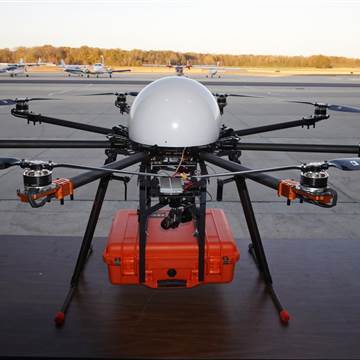
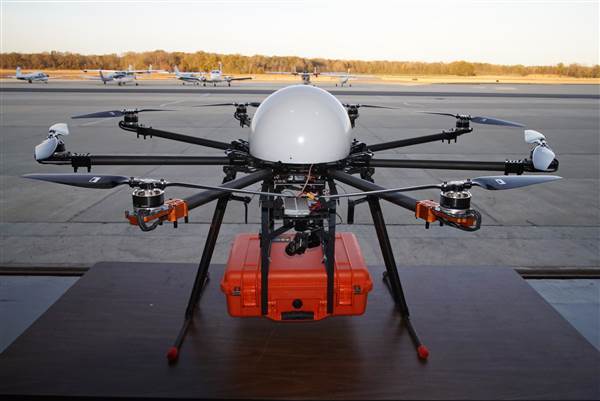
It lands nearby, carrying a kit stuffed with meds, gauze and bandages, a chest seal, clotting sponges, scissors, and tourniquets. As you rummage through it, a video screen inside lights up and a face appears. “I’m an emergency care physician. I’m – to help.”
EMS Response Drones
Such a futuristic scenario will become reality soon if Dr. Italo Subbarao, senior associate dean at William Carey University College of Osteopathic Medicine in Hattiesburg, Miss., has anything to do with it. In December, Subbarao and a medical student demonstrated how two new disaster drones they’ve developed could deliver ‘telemedical’ packages to victims and rescue personnel in a simulated mass-casualty event.
EMS response drones can land places that EMS ground vehicles either cannot get to or take too long to reach, says Subbarao, a recognized expert in disaster and emergency medicine: “Immediate communications with the victims and reaching them rapidly with aid are both critical to improve outcomes.”
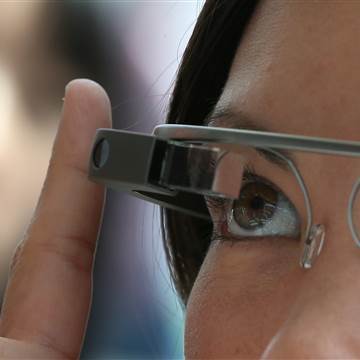
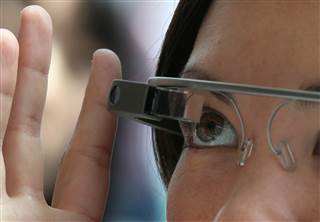
“A telemedical drone is the bridge that can deliver life-saving treatment directly to the victims, giving remote physicians eyes, ears, and voice to instruct anyone on site.” Through Google Glass, Subbarao states, the physician can see what a wound looks like, the exact nature of the injury, and then guide willing bystanders through the appropriate treatments in real time.
“Drones have been used for awhile to get eyes on disaster scenes fast, so we thought, ‘Why not integrate medical intervention as well?’ he says. “Why can’t we use drones to deliver telemedical packages? Not just bandages and blood, or even a defibrillator, but on-site medical expertise, to give people on the scene a real medical intervention capability?”
One HiRO (Health Integrated Rescue Operations) package is designed to provide help for a severely injured victim, another is intended for up to 100 people with significant to minor injuries, the kind that characterizes mass-casualty events.
Related: This App is Revolutionizing Diagnoses of Rare Diseases
Drone experts from nearby Hinds Community College, with advice from the researchers, designed and built the disaster drones, which are equipped to fly in bad weather. “These drones have impressive lift and distance capability, and can carry a variety of sensors, including infrared devices, to help locate victims in the dark,” says Dennis Lott, director of Hinds CC’s unmanned aerial vehicle program.
Lott notes that any progress toward EMS response drone technology remains limited by Federal Aviation Administration ‘Part 107’ regulations that currently restrict most privately owned drones to a maximum weight of 55 pounds, an altitude ceiling of 400 feet, and line-of-sight operations, that is, within visible range.
The FAA, which favors a gradual approach, is granting more operational waivers of late, but, he concedes, “we need to get beyond line-of-sight to using GPS guidance to direct the drones to the coordinates of the emergency call.”
Related: Will the Future of Tech Be a ‘Disaster’ Under Trump?
Lott believes some progress was made recently when the FAA finally defined the regulations, “but it’s still early days,” he says. On the technical side, “the drones need to be able to sense and avoid obstacles on their own, to detect and evade any problems” that might arise far from home base. “In any case, we think it’s just a matter of time before drone technology is universally adopted for emergency and disaster response.”
The Mississippi telemedi-drone team is not the only one thinking about the potentially life-saving technology. Last April, Google received a U.S. patent that outlines a device that can deploy drones to handle specific medical emergencies by carrying specific medical equipment to victims. Users need only press a button to call for help.
Flying Zipline For Blood Supplies
Along the same lines, Zipline International of Half Moon Bay, Calif., in partnership with the Rwanda government, will begin the “world’s first” drone delivery of blood supplies and drugs across the heavily forested and mountainous East African country this summer, says company spokesman Justin Hamilton.
Zipline co-founder Keller Rinaudo, who started the company some five years ago, got the idea when he visited a Tanzanian health institute. A researcher there had a database that enabled rural health stations to send text alerts whenever they needed blood or other medical supplies.
“Sadly, it was really just a ‘database of death’ because few of the requests could be filled in time due to bad roads, particularly during the rainy season,” Hamilton explains.
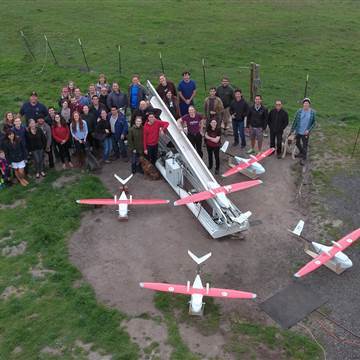
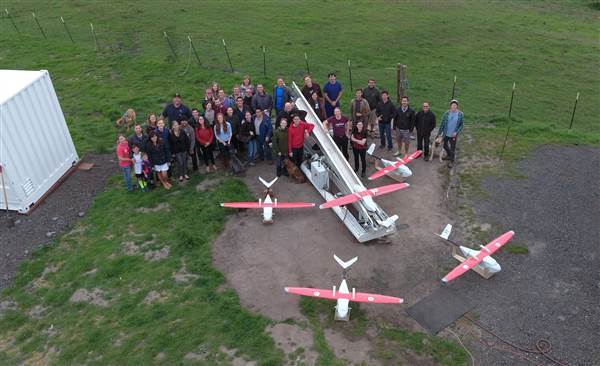
Rinaudo and his co-founders thereafter set out to invent a way to deliver meds to remote clinics and hospitals on demand. The Silicon Valley start-up tasked its team of top aerospace engineers and military drone specialists with developing fast, long-range, airplane-type drones. The current aircraft can transport a 3-pound, parachute-equipped cardboard box more than 95 miles on a single battery charge.
“That’s two units of blood plus meds — enough to save a life,” Hamilton says. “One of the engineers told me: ‘I used to drop bombs, now I drop blood.’ ”
Today, several hospitals can order blood or meds via text and have it delivered within 30 minutes. Zipline gets a fee for each delivery. The drones, which operate like military UAVs, navigate using GPS and Rwanda’s cellular network.
“Each drone, which is about the size of an adult with arms outstretched, will soon be making 50 to 150 transfusion deliveries a day to 21 clinics across the western half of Rwanda,” Hamilton says.
More Medical Drones in the Air
Other similar medical drone efforts exist. Menlo Park, Calif.-based Matternet, for example, collaborated with UNICEF to deliver HIV-testing kits using drones, which shortened the time required to test infants living in…



